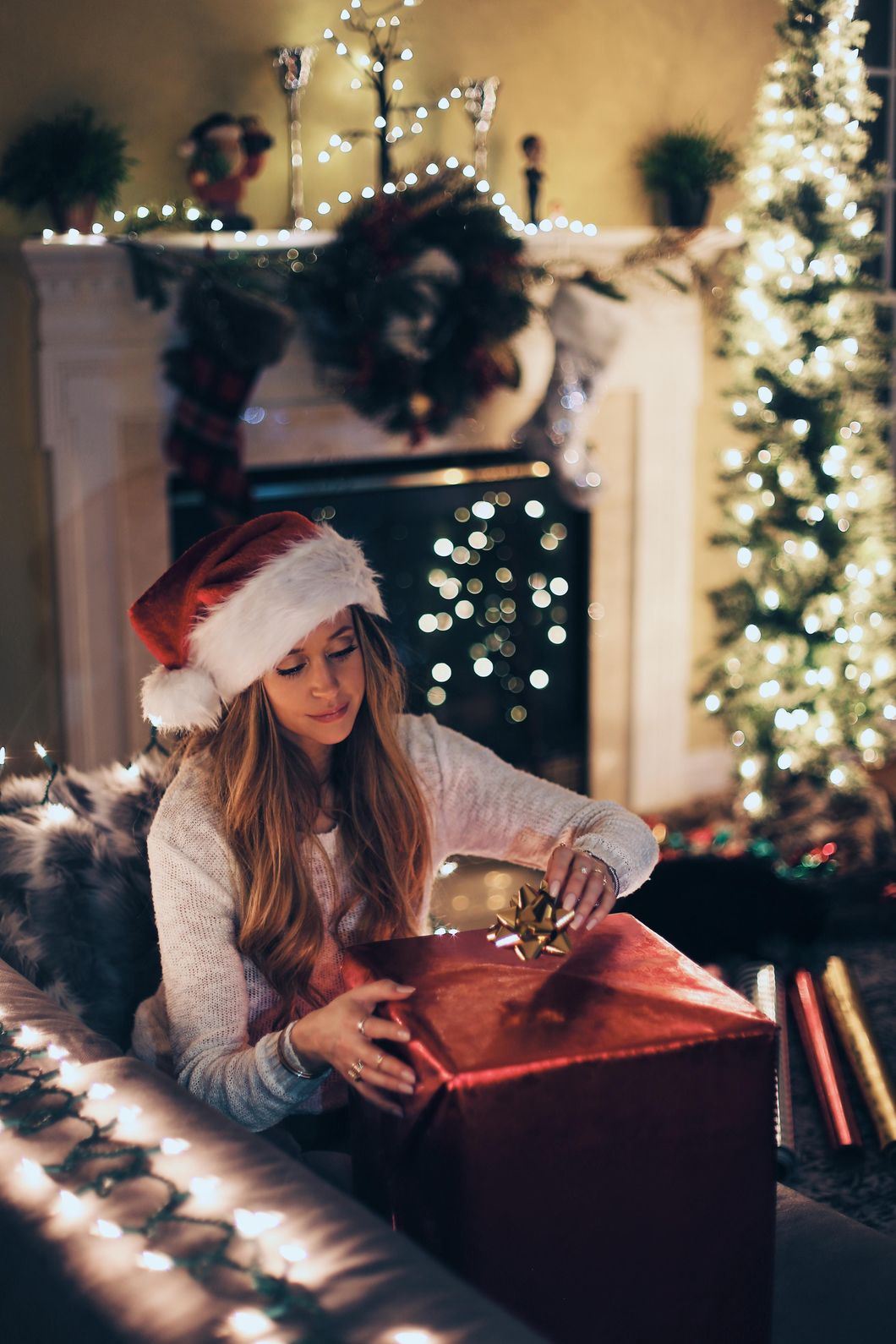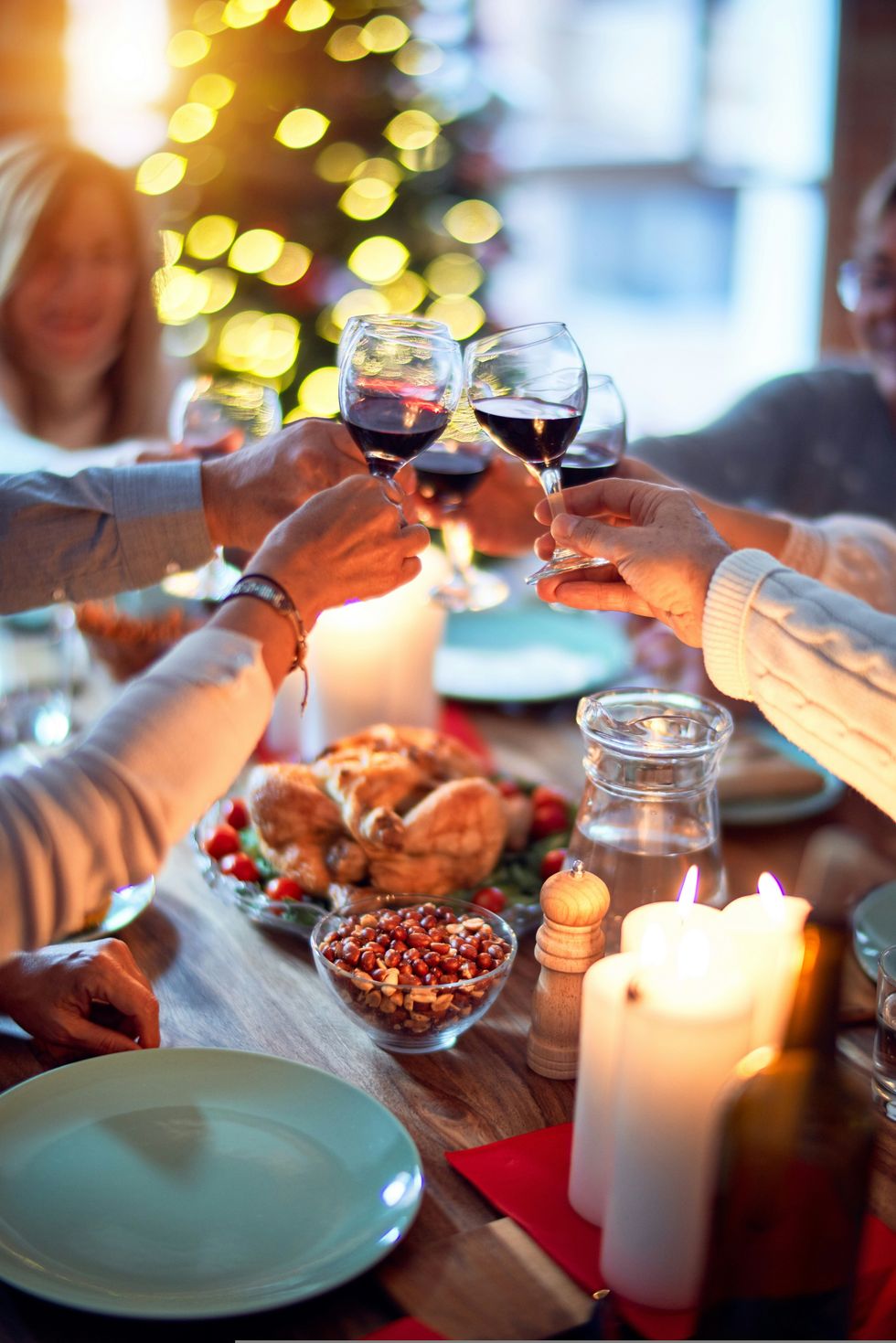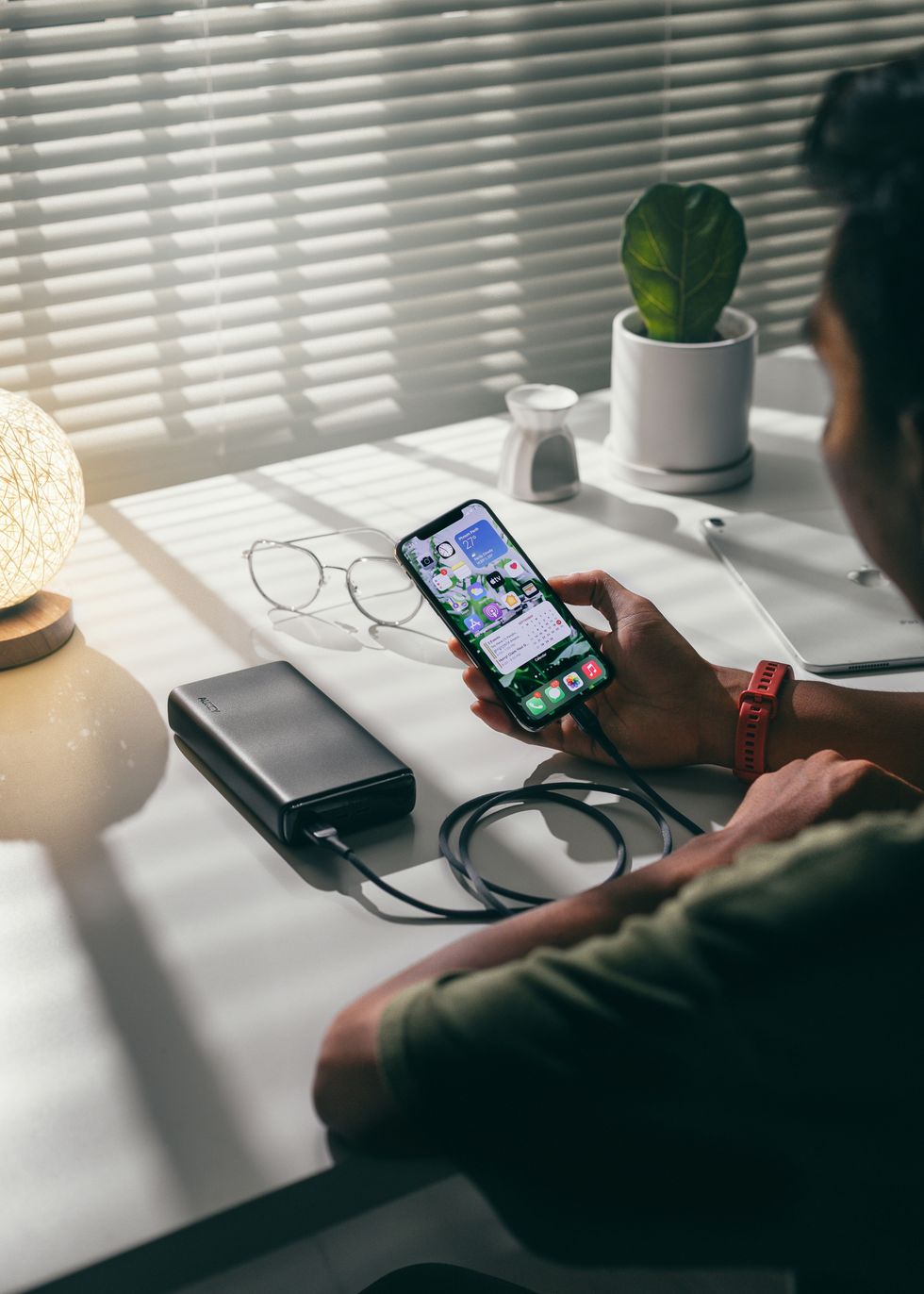While every set of Christmas decorations is unique, it's hard to imagine a holiday display without Christmas lights. These strings of colorful lights can be used for your home, yard, and tree to make the winter season a little bit brighter. But a quick trip to the store or a search online will quickly reveal that there's tons of options when it comes to buying Christmas lights. So, how do you possibly pick the right ones?
Here, we run through some of the important things to keep in mind when hitting the stores or shopping online for Christmas lights this year. By selecting the right Christmas lights, you'll most likely save both time and money, giving you more time to enjoy the holiday season.
LED CHRISTMAS LIGHTS VS. INCANDESCENT BULBS
One of the classic debates in selecting the right Christmas lights: will you go with LED lights or incandescent bulbs? While the traditional incandescent option offers a warm, nostalgic glow, more and more people are switching to the newer LED Christmas lights. While these lights do tend to have a higher upfront cost, there are many benefits to using this lighting technology for your holiday display.
Don't let the higher price tag of LED Christmas lights make you shy away. Over time, most people using LED Christmas lights will actually see savings because these lights are more durable, efficient, and consume far less energy. In fact, according to the US Department of Energy, certain LED lights use 75 percent less energy compared to other types of bulbs. This means your electricity bill this December could be dramatically lower if you adorn your home with energy-efficient LED lights.
Because LED lights are made of plastic (as compared to glass bulbs), they're far more durable and will last much longer. Especially during storage, it's common for glass bulbs to break and shatter, which means you may need to replace the entire string—and not to mention the safety hazard. LED lights can be easily stored and are much safer to use for your home decorations since they also produce far less heat. If you're looking for safe, reliable, and energy-efficient Christmas lights, give LED lights a try.
INDOOR OR OUTDOOR CHRISTMAS LIGHTS
While it may seem like all Christmas lights are created equally, this isn't quite true. Make sure you're selecting the right lights for the right environment. Check the labeling on your Christmas lights to see if they're designed for indoor or outdoor use (note that some Christmas lights are designed for both).
It's important to only use the proper lights because indoor lights aren't designed for outdoor use, meaning they most likely won't be able to withstand outdoor conditions like extreme temperatures, rain, or snow. Additionally, outdoor lights may be too large or emit too much light to be ideally used indoors.
DIFFERENT TYPES OF CHRISTMAS LIGHTS
Okay, so you've made some important decisions about your Christmas lights, but you're not at the finish line quite yet. Now it's time to pick the style of your Christmas lights. Each type comes with its advantages and disadvantages. Using a variety of different types can often be the most effective way to create a comprehensive and dazzling holiday display.
Here are a few of the most popular types of Christmas lights:
1. Mini string lights: a popular choice, these strings of smaller lights are versatile and can be used for practically any holiday display.
2. Large-bulb lights: to really make an impact, consider using larger bulbs (C5, C7, or C9) and do more with less lights.
3. Net lights: perfect for covering a lot of space, net lights can be strewn over bushes and railings while retaining a clean, consistent look.
4. Icicle lights: these long, icicle-shaped lights can turn any home into a winter wonderland no matter where you live.
5. LED rope lights: these long strings of lights are perfect for outlining your doors, windows, and any other straight edge.
6. Pathway lights: a safe and colorful way to light up your pathways, these lights include built-in stakes that can turn any simple walkway into a sight to behold.
7. Animated lights: to really catch the eyes of your neighbor's this year, consider using animated lights that blink and glow in unique patterns and sequences.
CHRISTMAS LIGHTS SAFETY TIPS
Now that you've selected the right Christmas lights, you can begin the process of installing your lights and transforming your home and yard into a true winter wonderland. But you shouldn't jump into this step of the process without caution. Any time you're dealing with electrical components, such as Christmas lights, there are certain precautions to keep in mind.
Here are some fundamental safety tips for hanging up your Christmas lights:
· Make sure your lights have the Underwriters Laboratories (UL) label.
· Check your old lights and cords before using them again (many times, they may get damaged during storage).
· Use indoor or outdoor lights accordingly.
· Use a fiberglass ladder instead of a metal one.
· Follow the manufacturer's recommendation on how many lights to string together.
· Don't overload any one outlet or extension cord.
CONCLUSION – HOW TO PICK THE RIGHT CHRISTMAS LIGHTS
Picking the right Christmas lights is an important early step for designing the perfect holiday display. But this isn't always a simple task. Choosing between LED Christmas lights and incandescent bulbs, indoor and outdoor lights, icicle lights and net lights can quickly become overwhelming. What's important is having a clear plan for your holiday display and knowing what types of lights will work for your home and yard.
While incandescent bulbs have a long history of lighting up our homes and trees, many people are turning to LED Christmas lights for their many benefits. Since they use less energy, are more durable, and are easier to store, LED lights can be the perfect choice to light up your holidays for years to come. No matter the type of Christmas lights you choose, make sure you install them safely so you can then sit back and enjoy the holidays.




 Photo by
Photo by 
 Photo by
Photo by  Photo by
Photo by 

 Photo by
Photo by  person holding black smartphone on white textile
Photo by
person holding black smartphone on white textile
Photo by  StableDiffusion
StableDiffusion
 Photo by
Photo by  Photo by
Photo by 








